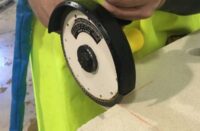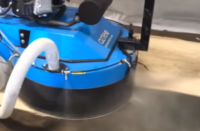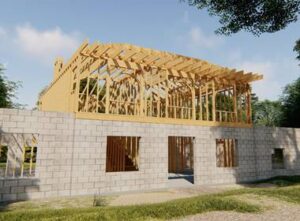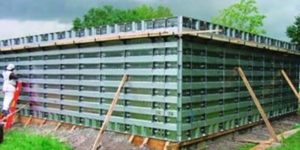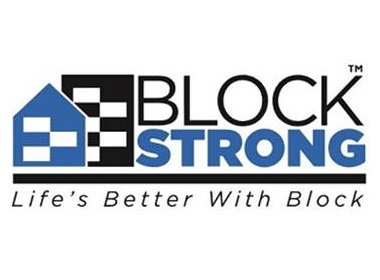 The holiday season is a time for festive foods and decorations, family gatherings, and, unfortunately, house fires. In 2018, U.S. fire departments responded to more than 1,600 home cooking fires on Thanksgiving Day and, in between 2014-2018, they responded to an average of 160 home fires per year that started with Christmas trees.*
The holiday season is a time for festive foods and decorations, family gatherings, and, unfortunately, house fires. In 2018, U.S. fire departments responded to more than 1,600 home cooking fires on Thanksgiving Day and, in between 2014-2018, they responded to an average of 160 home fires per year that started with Christmas trees.*
To help avoid a yuletide catastrophe, homeowners and renters need to implement additional fire-prevention measures in and around their homes. This can include placing Christmas trees away from heat sources and staying in the kitchen while cooking the turkey dinner. It can also mean keeping lit candles away from decorations and children. However, accidents do happen, and the construction material of the home can also play a large part in keeping residents and their loved ones safer should disaster strike during the holidays.
“Fires are, tragically, going to impact the holidays this year despite our best prevention efforts,” said Matt Sitter, president of the Florida Concrete & Products Association. “Living in a home built with concrete block can go a long way in making the holidays safer every year.”
During a fire, concrete block houses and apartment buildings are more likely to remain standing. This is in comparison to structures built with wood or steel. Concrete will not burn like wood or bend and soften like steel. In numerous fire tests, concrete walls withstood gas flames and temperatures of up to 2000 degrees Fahrenheit. They did this for as long as four hours without failing structurally. In contrast, wood frame walls typically collapsed in less than an hour.
Additional benefits of concrete
Concrete can also slow the spread of fire throughout a home. In the same tests, concrete block walls did not allow flames to pass through from one compartment to another. They also did not allow enough heat to pass through to the next compartment to start a fire for more than 4-5 hours; in contrast to wood frame which allowed this heat exchange to happen in an hour or less. This factor is especially important in apartment fires where flames can spread through a wood frame structure in minutes.
For more information on concrete block’s flame resistance attributes, visit www.blockstrong.com.
For more media information, contact Greg Smith, Public Relations Director, Bright Rain Collaborative at 407.440.3017 or [email protected].
*Source: National Fire Protection Agency
About Block Strong
Block Strong is a partnership between both Florida Concrete & Products Association, Inc. and Florida Concrete Masonry Education Council, Inc. The awareness program’s primary mission is to help consumers, construction professionals and designers understand the vital link between quality building materials and the health and safety of those people living in the homes and structures that they design and build. Block Strong also serves as an information source for aiding prospective homebuyers as they go through the various steps of the home-buying journey.

